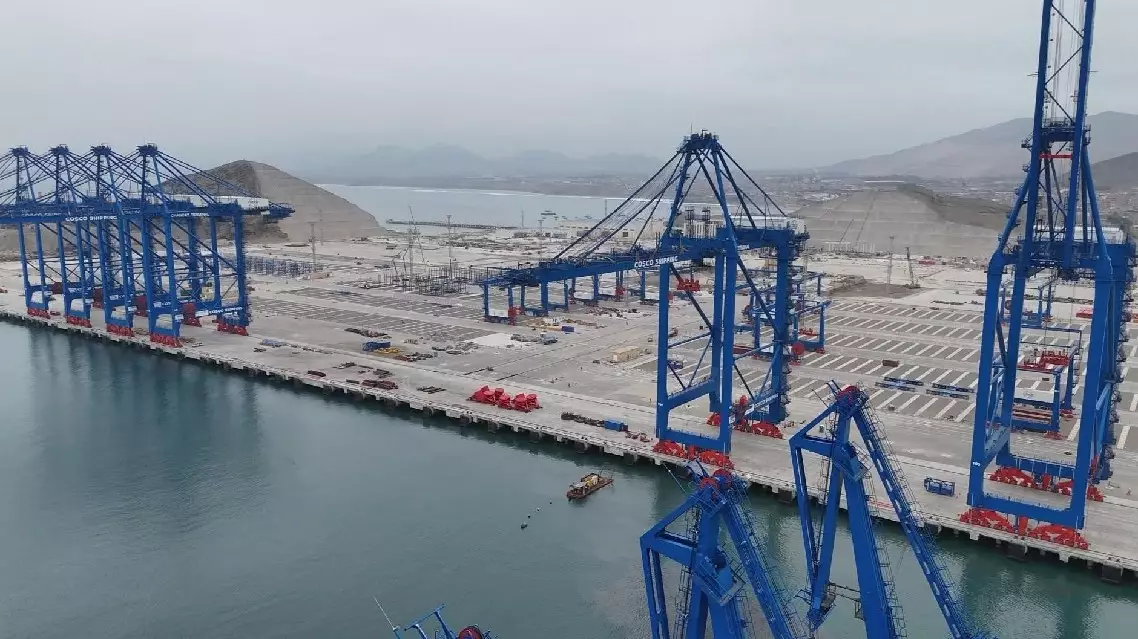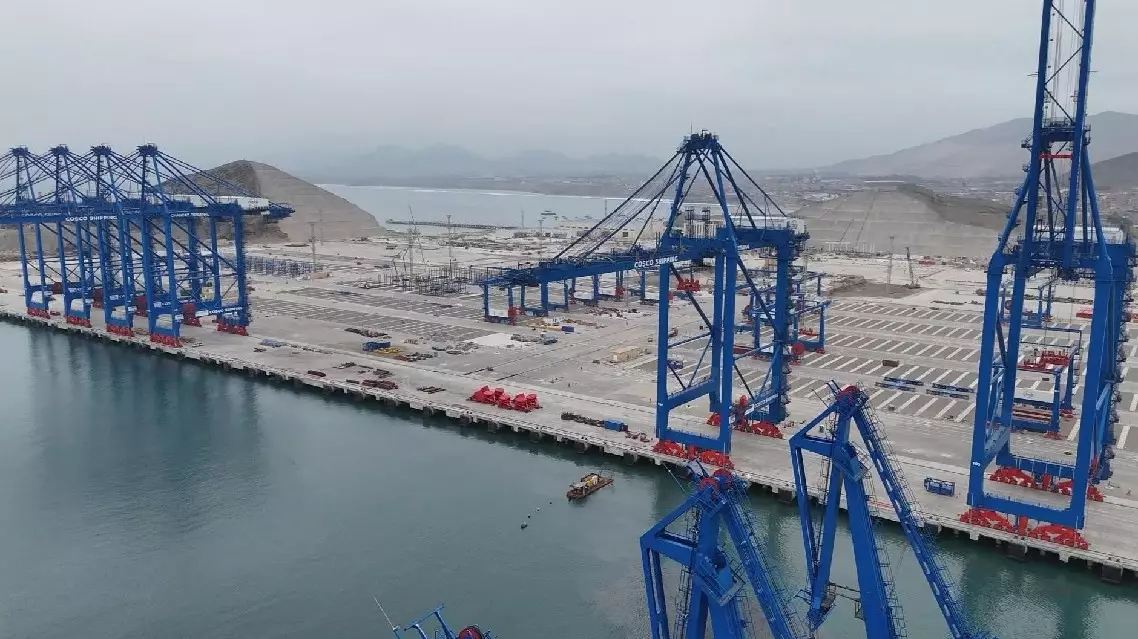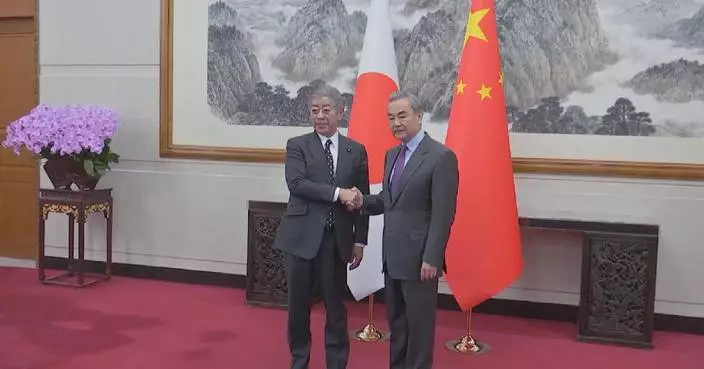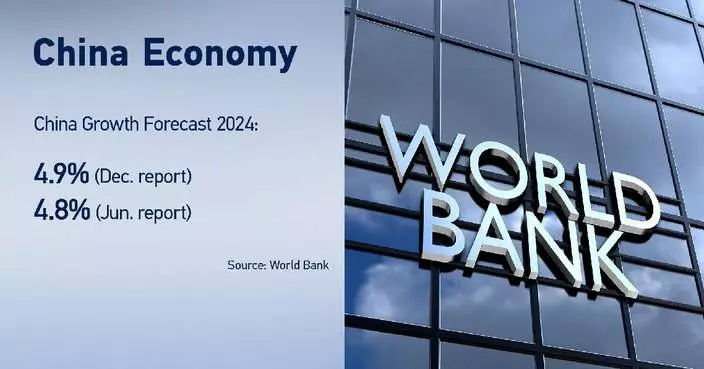As part of the Belt and Road Initiative, a new mega port just north of the Peruvian capital Lima is set to commence operation at the end of this year, with its backers expecting it to become the central Pacific-facing hub connecting Latin America with Asia.
Built by the Chinese state-owned conglomerate COSCO Shipping, the multi-purpose port in Chancay is poised to be a new trade hub that could transform Peru's fortunes and radically change the lives of the people living in and around this sleepy fishing town.
After five years under construction by a consortium led by COSCO Shipping, it is beginning to take shape.
Some 27,100-meter tall cranes have been brought directly from China for this port. Peruvian crane operators are given a tour and look on in wonder. They will learn how to operate these state-of-the-art automated cranes.
But once up and running, the four terminals will be a people-free zone. The idea is that fully automated cranes will run back and forth on tracks, loading and unloading containers directed from a control room.
It's part of the technological leap for Peru that the port represents, says COSCO Shipping's institutional relations manager Mario de las Casas.
"For Peru, it is crucial because this port can generate many other opportunities for growth, from connectivity, to railways, and industries. Many logistics companies want to position themselves here because this is going to be the logistics hub of South America," the manager told China Global Television Network (CGTN).
Uniquely positioned in the middle of the region's Pacific seaboard, it will be the first port in the region to have the capacity to berth some of the world's biggest cargo ships. This colossal project is so ambitious that it is expected to dominate maritime traffic along the Pacific coast of South America.
In its initial phase, the port is expected to handle one million containers and six million tonnes of loose cargo a year.
"The most important thing is that it will be a port that will have a direct route from Chancay to Shanghai or from Chancay to Busan - but directly to Asia. You're not going to have to go all the way to Mexico or all the way to Long Beach, California, to cross the Pacific. This project was born with an established route from Chancay to Shanghai," said the manager.
The biggest selling point is that those new routes will shave days, even weeks, off transit times across the ocean.
By slashing transit times by 10 to 12 days, the Chancay Multipurpose Port Terminal will cut costs and make Peruvian products - from textiles and minerals to fruit and vegetables - more competitive, as well as imports cheaper. It also opens up a faster route for neighboring countries - like Ecuador and Chile - along the Pacific seaboard while offering Brazil the chance to export high-demand soya and beef through Peru.
But it is Peruvian farmers - especially those in the Huaral valley next to Chancay - who could benefit most.
"Huaral is the capital of agriculture in Peru, we have almost 80 percent of all fruit and vegetable products. We have pitayas, avocados, vegetables like lettuce, among other things. So the fact that the transportation will take less time gives us the opportunity to do the packing at less cost. That is a huge advantage for us, for producers," said local farmer and agricultural consultant Percy Perez.
Perez farms a very particular type of cactus fruit in the arid desert on the edge of the valley. With the megaport's imminent opening, he eyes new opportunities to get his products to the vast Chinese market.
"China is one of the largest consumer countries in the world of pitaya, so imagine the opportunity that we have as pitaya producers to offer this fruit to China. It means a lot to us," said the farmer.
Currently, China is Peru's top trading partner, its biggest export market, and the main source of imported goods. Meanwhile, Peru ranks as China's fourth-largest trade partner in Latin America. In 2023, their bilateral trade reached a total of 37.691 billion U.S. dollars, marking a 0.8 percent increase compared to the previous year.

Peru’s Chancay mega port to become Latin America’s gateway to Asia

Peru’s Chancay mega port to become Latin America’s gateway to Asia









